Tech Talk
Forum home - Go back to Tech talk
|
Valve curiosities --
|
|
|
« Back ·
1 ·
Next »
|
|
|
Return to top of page · Post #: 1 · Written at 12:27:15 PM on 19 April 2022.
|
|
|
|
Location: Linton, VIC
Member since 30 December 2016 Member #: 2028 Postcount: 472 |
|
Finally began work on a Philips Model 141U made in Great Britain 1954. 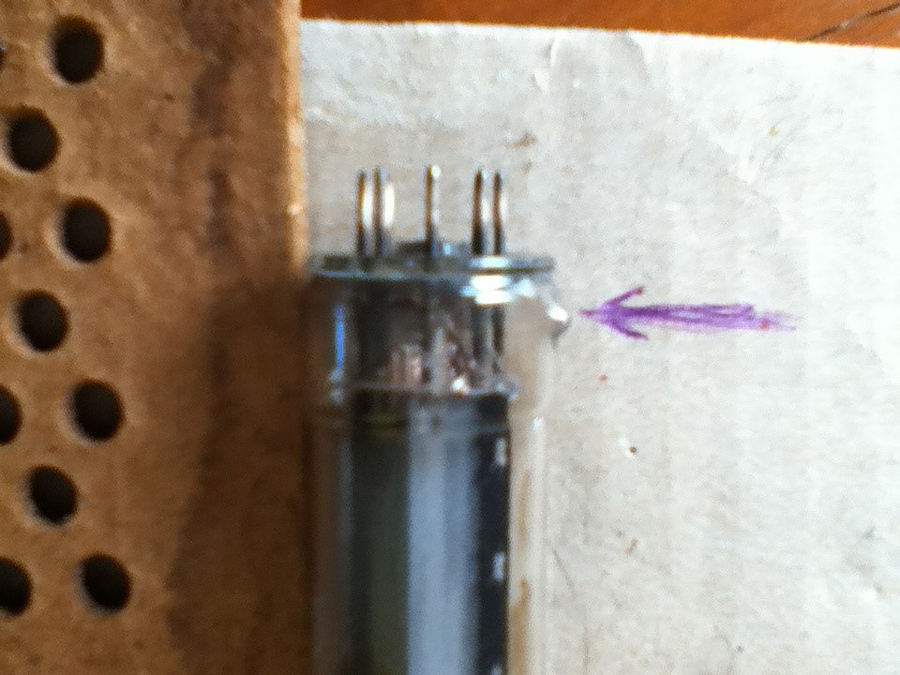 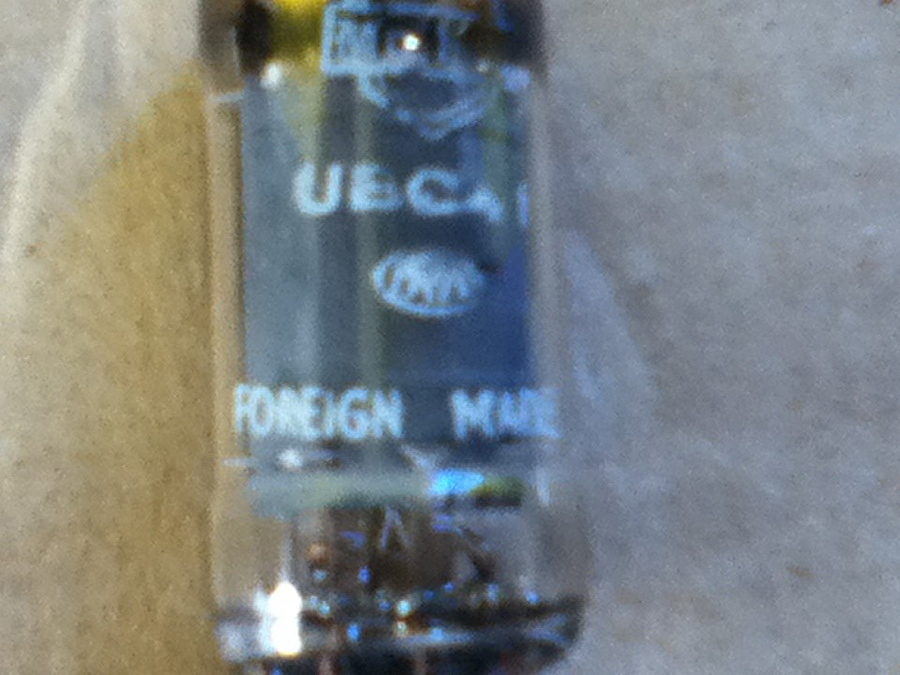 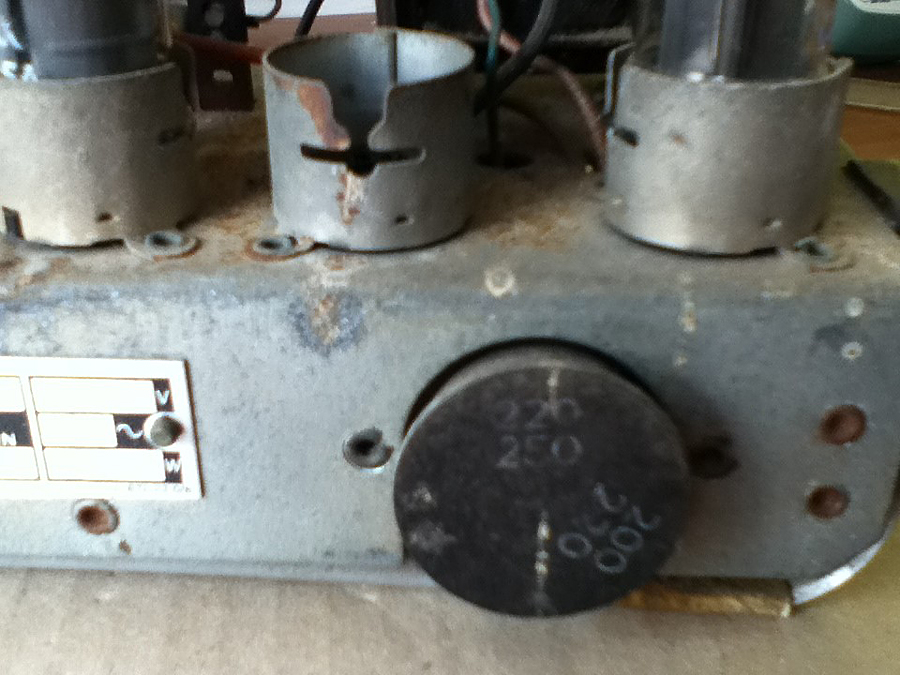 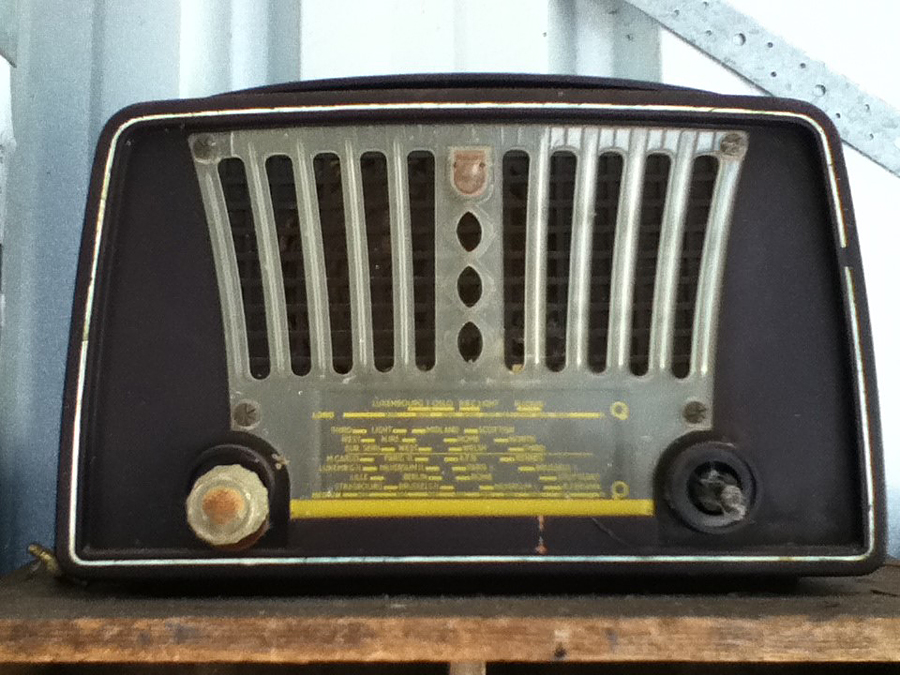 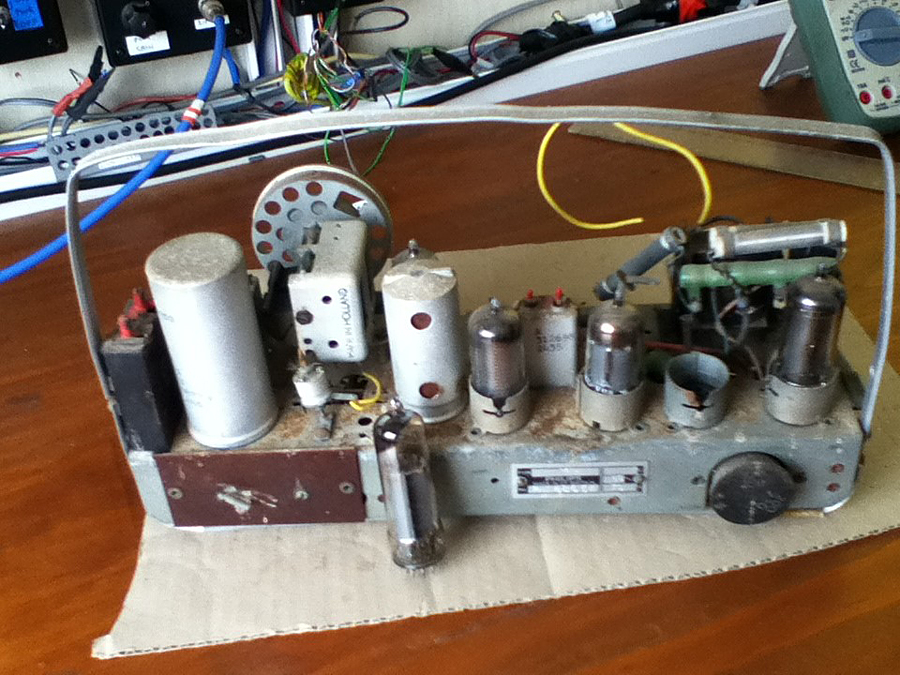 |
|
|
Return to top of page · Post #: 2 · Written at 3:10:01 PM on 19 April 2022.
|
|
|
|
Location: Hill Top, NSW
Member since 18 September 2015 Member #: 1801 Postcount: 2193 |
|
The valves are actually UCH42, UF41, UBC41, UL41, UY41. The heaters are wired in series, and there's no power transformer. So be very careful as the chassis is connected to one side of the mains - it could be a death trap. Earthing the radio should trip your circuit breaker or other protection in the fuse box. |
|
|
Return to top of page · Post #: 3 · Written at 8:32:32 PM on 19 April 2022.
|
|
|
|
Administrator
Location: Naremburn, NSW
Member since 15 November 2005 Member #: 1 Postcount: 7548 |
|
Back in the days when the British Empire was still a thing, anything made in Britain or a British dominion was labelled "British Made" or "Made in [country of origin here]" for goods only sold in that country. One case in point was the 1930s AWA Radiolettes. Those sold in Australia were labelled "Made in Australia" whilst those exported to New Zealand or other close neighbours were labelled "British Made" even though they were all made on the same line. Anything made in a country that was not part of the Empire was labelled "Foreign Made". ‾‾‾‾‾‾‾‾‾‾‾‾‾‾‾‾‾‾‾‾‾‾‾‾‾‾‾‾‾‾‾‾‾‾‾‾‾‾‾‾‾‾‾‾‾‾‾‾‾‾‾‾‾‾‾‾‾‾‾‾‾‾‾‾‾‾‾‾ A valve a day keeps the transistor away... |
|
|
Return to top of page · Post #: 4 · Written at 9:06:41 PM on 19 April 2022.
|
|
|
|
Administrator
Location: Naremburn, NSW
Member since 15 November 2005 Member #: 1 Postcount: 7548 |
|
Photos made it, with the help of Photoshop's unsharp feature. Tip - the camera should be further back, at a higher resolution and use zoom if necessary. My e-mail box is unlimited so do not be afraid of doubling resolution and file size to get good pics. ‾‾‾‾‾‾‾‾‾‾‾‾‾‾‾‾‾‾‾‾‾‾‾‾‾‾‾‾‾‾‾‾‾‾‾‾‾‾‾‾‾‾‾‾‾‾‾‾‾‾‾‾‾‾‾‾‾‾‾‾‾‾‾‾‾‾‾‾ A valve a day keeps the transistor away... |
|
|
Return to top of page · Post #: 5 · Written at 1:21:13 PM on 20 April 2022.
|
|
|
|
Location: Linton, VIC
Member since 30 December 2016 Member #: 2028 Postcount: 472 |
|
|
|
|
Return to top of page · Post #: 6 · Written at 4:43:58 PM on 20 April 2022.
|
|
|
|
Location: Toongabbie, NSW
Member since 19 November 2015 Member #: 1828 Postcount: 1379 |
|
Hi, can you make it safe by using a stock 240/120 transformer and possibly junking most of the resistors? |
|
|
Return to top of page · Post #: 7 · Written at 5:58:48 PM on 20 April 2022.
|
|
|
|
Location: Hobart, TAS
Member since 31 July 2016 Member #: 1959 Postcount: 578 |
|
Good one Fred, that's what I would be doing. |
|
|
Return to top of page · Post #: 8 · Written at 6:38:57 PM on 20 April 2022.
|
|
|
|
Location: Linton, VIC
Member since 30 December 2016 Member #: 2028 Postcount: 472 |
|
I have a 240/220 transformer which will provide isolation and enable me to remove the resistors so I can run it on 220VAC. This will be done if and when the cabinet is restored. |
|
|
Return to top of page · Post #: 9 · Written at 7:07:58 AM on 21 April 2022.
|
|
|
|
Location: Toongabbie, NSW
Member since 19 November 2015 Member #: 1828 Postcount: 1379 |
|
Re post #8, |
|
|
Return to top of page · Post #: 10 · Written at 1:48:26 PM on 21 April 2022.
|
|
|
|
Location: Hill Top, NSW
Member since 18 September 2015 Member #: 1801 Postcount: 2193 |
|
I did happen to pick up one of those radios (don't recall what it looked like on the outside, but the insides are quite similar to yours), and the gremlins had been at work, disconnecting and modifying things. It needed a lot of work. |
|
|
Return to top of page · Post #: 11 · Written at 3:33:04 PM on 21 April 2022.
|
|
|
|
Administrator
Location: Naremburn, NSW
Member since 15 November 2005 Member #: 1 Postcount: 7548 |
|
...and a couple of feet of wire made it leap into life with stations and every roof top solar system in the state loud and clear!. ‾‾‾‾‾‾‾‾‾‾‾‾‾‾‾‾‾‾‾‾‾‾‾‾‾‾‾‾‾‾‾‾‾‾‾‾‾‾‾‾‾‾‾‾‾‾‾‾‾‾‾‾‾‾‾‾‾‾‾‾‾‾‾‾‾‾‾‾ A valve a day keeps the transistor away... |
|
|
Return to top of page · Post #: 12 · Written at 9:05:13 PM on 21 April 2022.
|
|
|
|
Location: Linton, VIC
Member since 30 December 2016 Member #: 2028 Postcount: 472 |
|
Rob, |
|
|
Return to top of page · Post #: 13 · Written at 11:42:23 PM on 21 April 2022.
|
|
|
|
Location: Hill Top, NSW
Member since 18 September 2015 Member #: 1801 Postcount: 2193 |
|
Back in 1980s I sometimes listened to LW, and at night it was possible to pick up beacons from all over our half of the planet. I was hoping to hear some UK LW broadcast stations, but never did. |
|
|
Return to top of page · Post #: 14 · Written at 11:53:40 PM on 21 April 2022.
|
|
|
|
Location: Wangaratta, VIC
Member since 21 February 2009 Member #: 438 Postcount: 5595 |
|
Europe is a bit like America and is riddled with sets even with printed circuits that have no transformers. One must be aware that it is not uncommon, as I have pointed out on the American Antique Radio Forum (Moderator), to have what looks like a transformer but is in fact a form of "auto transformer" or a tapped ballast; Both of which give "Live chassis". |
|
|
« Back ·
1 ·
Next »
|
|
|
You need to be a member to post comments on this forum.
|
|

Sign In

Vintage Radio and Television is proudly brought to you by an era where things were built with pride and made to last.
DISCLAIMER: Valve radios and televisions contain voltages that can deliver lethal shocks. You should not attempt to work on a valve radio or other electrical appliances unless you know exactly what you are doing and have gained some experience with electronics and working around high voltages. The owner, administrators and staff of Vintage Radio & Television will accept no liability for any damage, injury or loss of life that comes as a result of your use or mis-use of information on this website. Please read our Safety Warning before using this website.
WARNING: Under no circumstances should you ever apply power to a vintage radio, television or other electrical appliance you have acquired without first having it checked and serviced by an experienced person. Also, at no time should any appliance be connected to an electricity supply if the power cord is damaged. If in doubt, do not apply power.
Shintara - Keepin' It Real · VileSilencer - Maintain The Rage

 Rob and Brad,
Rob and Brad,